Table of Contents
Introduction
IMR Acoustics is a brand that many would associate with the now-defunct “Trinity Audio”, a company that went on Kickstarter to promote and sell their products, subsequently failing to fulfill many of their orders and essentially scamming many people out of their money.
Bob, also known as “RockBob” in other circles, started his audio career with Rock Jaw Audio as the Head Designer. Trinity Audio was subsequently created, and upon its failure, spun off into what we know now as IMR Acoustics. IMR does not have the same controversies that Trinity had with regards to fulfilling orders, but you can see how Bob’s association with the company is a controversy in by itself.
IMR started its journey with the R1, a hybrid using a dynamic and a ceramic piezoelectric driver. This was followed by the R1 Zenith, an update to the R1 with near-lawsuit levels of similarity to Acoustune’s unique shell designs, but that’s a whole different topic. What came after was the R2 Aten, and right on its heels came the RAH.
I’ve reviewed the R2 Aten before, a dynamic/piezo hybrid not dissimilar to its predecessors. The RAH on the other hand contains a novel driver configuration, a Frankenstein of dynamic, piezoelectric and planar drivers into one package. The RAH is also a limited edition IEM, only sold for a single batch and then never again. This is IMR’s new business model and applies to IEMs such as the EDP, the PB One and the R3 Halycon.
Right now IMR is 0 for 3 in my books, with neither the R2 nor the R1 variants impressing me thus far. That said, breakthroughs can happen, so will the RAH be the one to finally break my ice cold heart?
Product page: unavailable
MSRP: Discontinued
Driver configuration: 1DD + + 1 Planar + 1 Piezo hybrid
This unit was kindly loaned to me by “Infoseeker”.
Non-audio opinions
My unboxing posts are pretty much the only times I’ll ever talk about build quality, accessories and the like. I’m not really the person to ask about these things as I don’t really care about them that much.
Accessories:
- Canvas case
- Small IEM case
- Tips
- 7 interchangeable nozzles
- Green, red, blue, gold, purple, silver, black
- 6 interchangeable dampers that attach to the nozzle
- Green, red, blue, gold, purple, black
- 1/4″ adapter
Cable: 2-wire twist braid. Relatively soft feel.
Connection: recessed 2-pin with locking notch, may not work well with third party cables.
Build: metallic and sturdy, though there’s a seam around the shell that doesn’t inspire a lot of confidence.
Fit: comfortable for my ears, no complaints.
Isolation: below average, would not use outdoors.
Initial impressions
- Very, very similar to the R2 Aten, though the tuning is a little wonkier.
- Filter system used in the RAH is about the same as the R2.
- Nothing about the RAH stands out as particularly exceptional.
- Bass is probably the best part about the RAH, being a significant improvement over the R2’s muddy response.
- Midrange tone isn’t very good, the pinna gain peaking at odd spots resulting in an uneven sensation.
- Treble is sharp, bordering on sibilance.
- Not sure where the planar is in all this.
- The RAH isn’t bad, but I’d rather listen to the (much cheaper) NiceHCK NX7 Pro if I wanted to my piezo fix.
- I don’t know how much the RAH went for, but knowing IMR’s pricing policy… it’s probably too much.
I know the IMR fanbase can be a… passionate bunch, sometimes bordering on cult-like behaviour. Here is where I remind everyone to be civilised and acknowledge the subjectivity of audio reviews.
If you’re offended by this post, please mentally add a “in my opinion” at the start of every sentence I write. I don’t do it myself since I treat my readers like adults who understand context, but I guess some people need the obvious spelt out to them.
Measurements
This took me 5 hours.
Comparisons courtesy of the Graph Comparison Tool
Support me on Patreon to get access to tentative ranks, the exclusive “Clubhouse” Discord server and/or access to the Premium Graph Comparison Tool! My usual thanks to all my current supporters and shoutouts to my big money boys:
“McMadface”
“Desertscrub”
“Galactus”
Will
Man Ho
Denis
Nicholas
Alexander
Andrew
Ted
“chisquare”

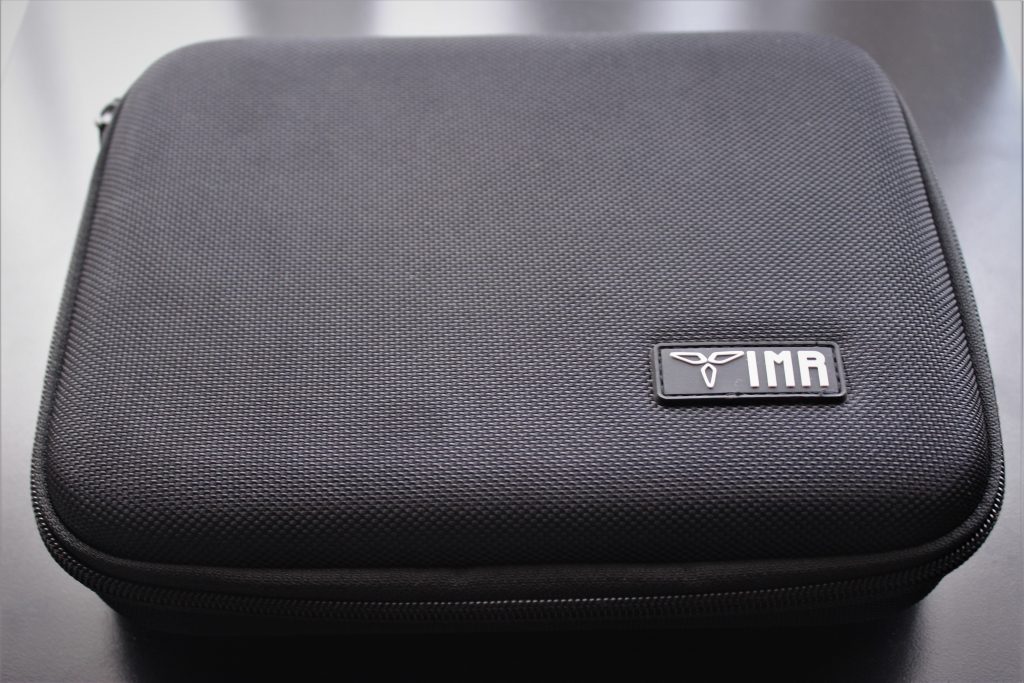
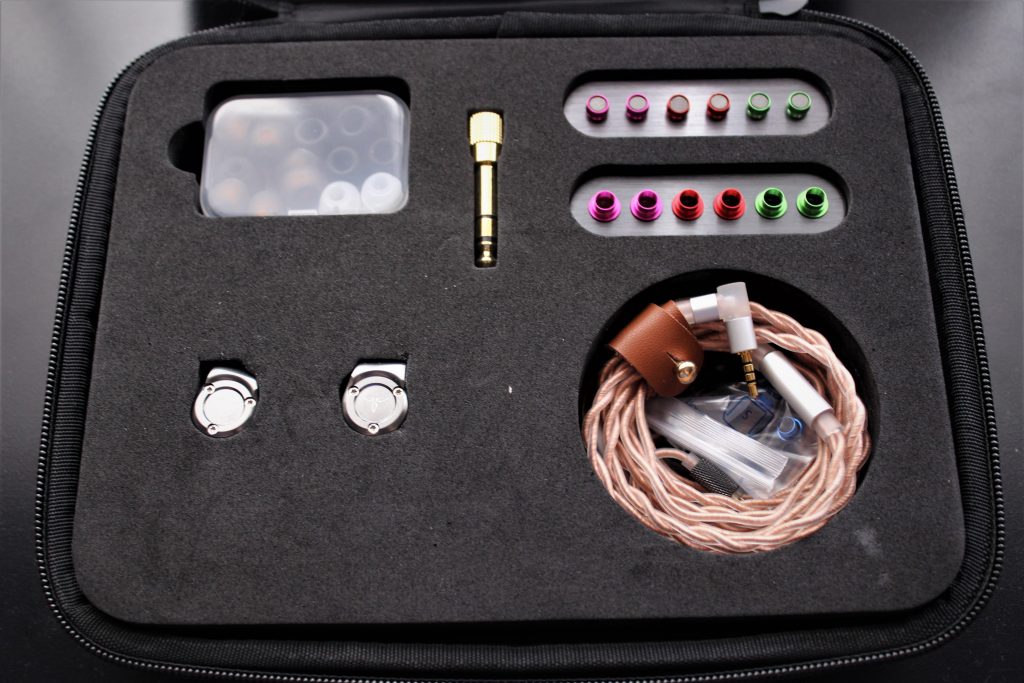
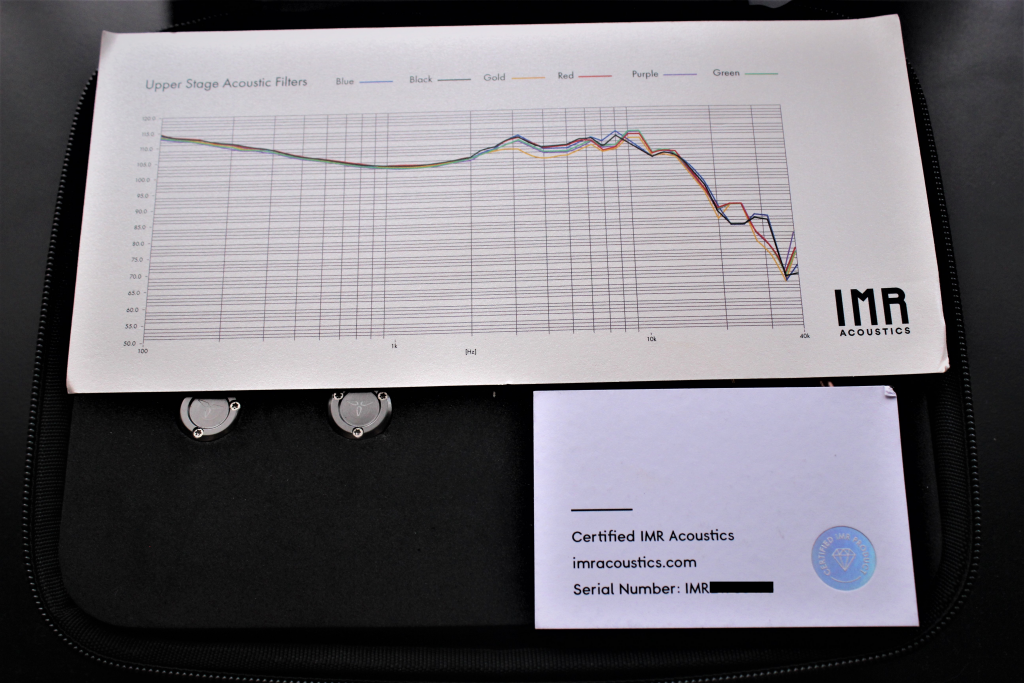


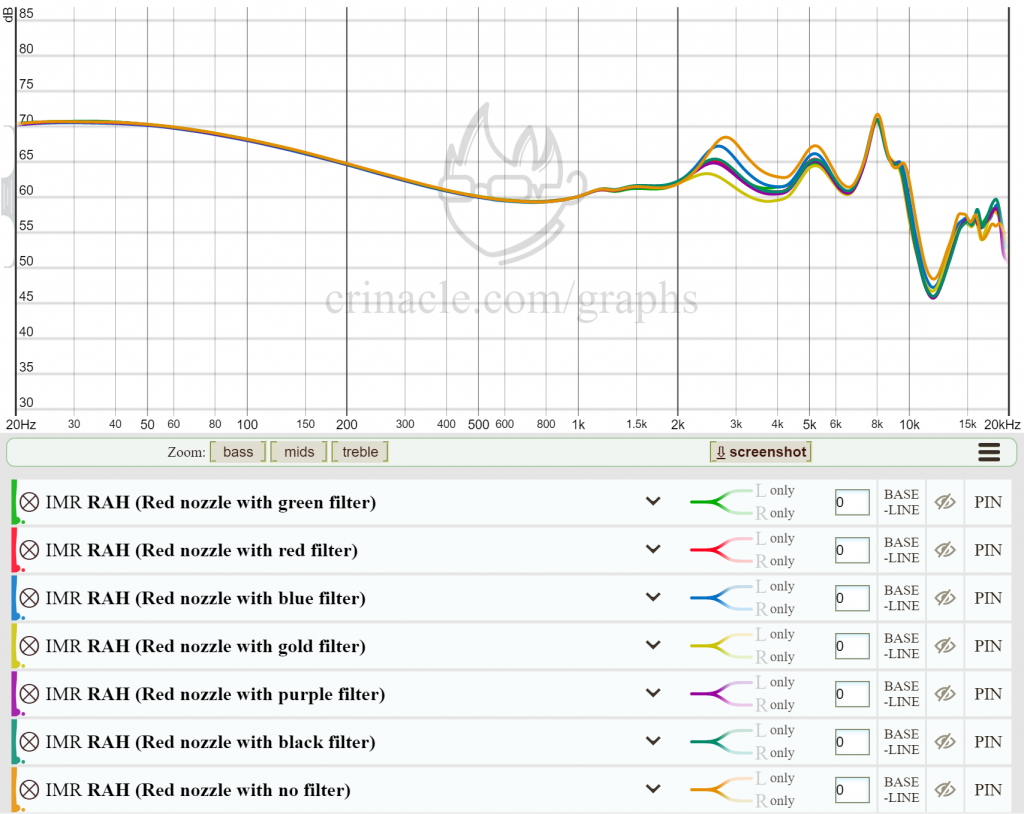
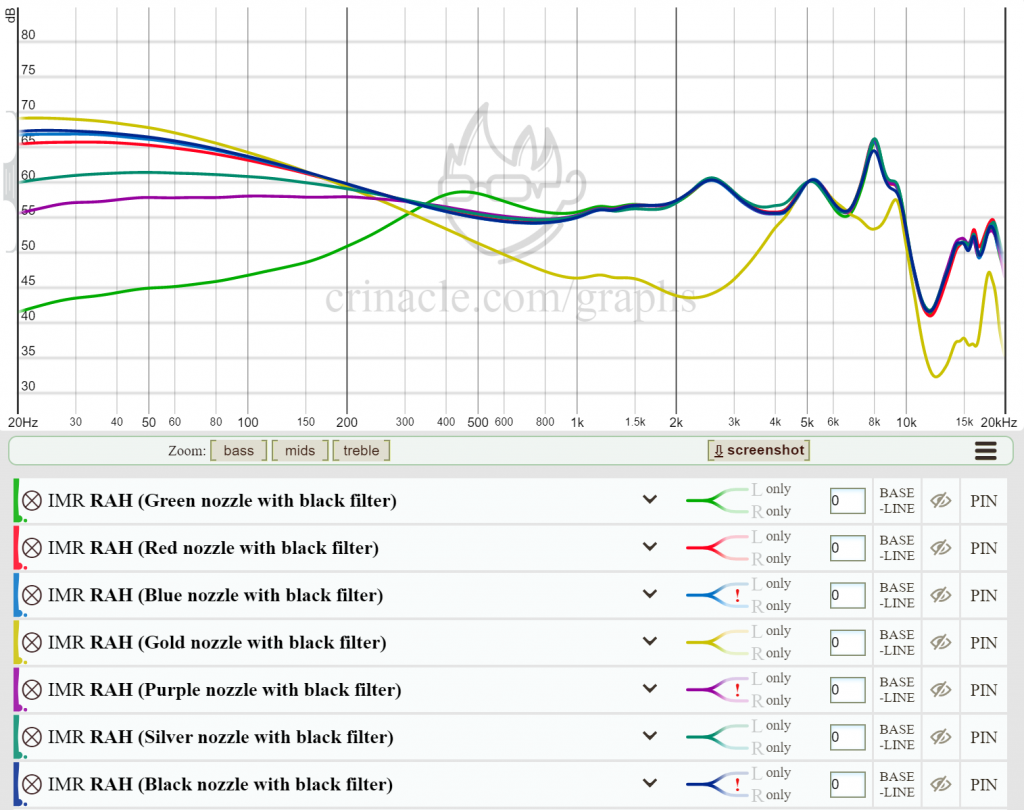


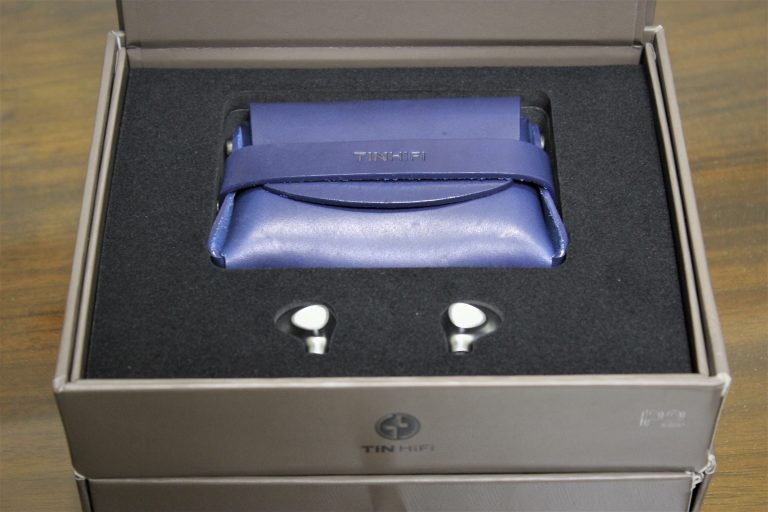
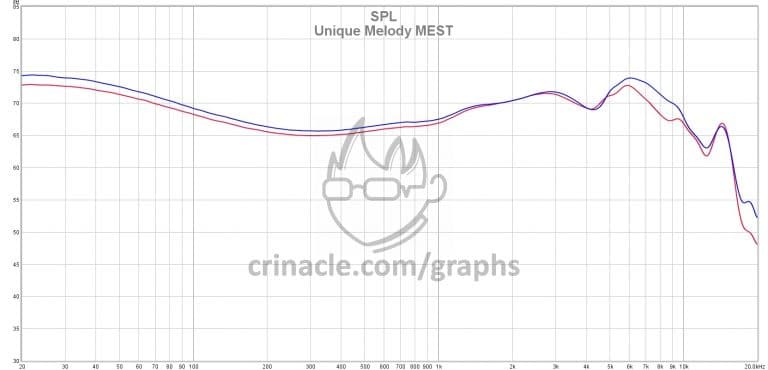

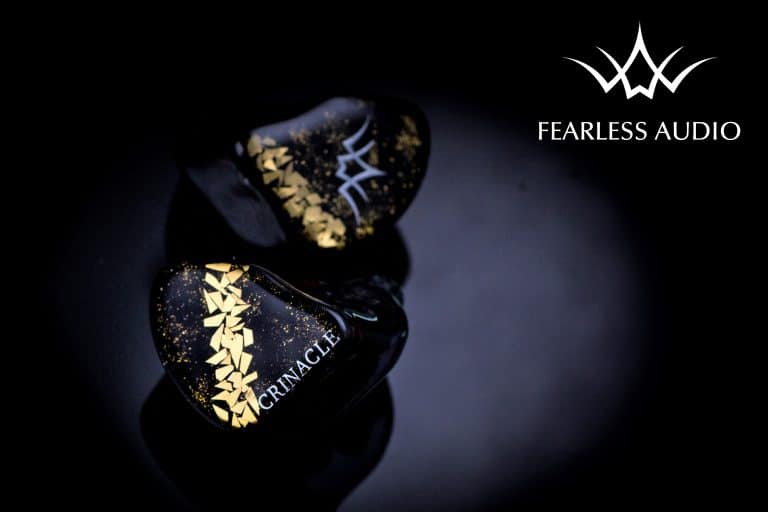




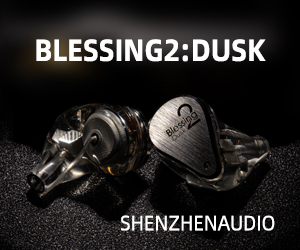
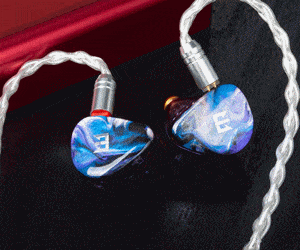

7 thoughts on “IMR RAH: Unboxing”
Awesome! Thank you for the graphs; that’s a lot of time you’ve spent, and I want you to know that schlubs like me actually appreciate the time as well as the results. Thank you.
I’ve disagreed with your ranking of IMR in the past (I thought the R2 Aten was easily a half step better! Maybe even 3/4!). I have one serious bone to pick with your RAH comment here:
“Connection: recessed 2-pin with locking notch, may not work well with third party cables.”
I can assure you, 100% that it DOES NOT work well with third party cables, not simply “may not”. I’ve found two that I can fit in there, but by and large, it’s a no-go. What I will say is that a 2-pin to MMCX adapter does fit in easily, and it’s a nice option to have. But otherwise, ugh.
I can help answer this query:
“Not sure where the planar is in all this.”
With this quote:
“Midrange tone isn’t very good, the pinna gain peaking at odd spots resulting in an uneven sensation.”
The planar is the midrange, and you’re hearing it there. The DD is driving the bass, and the piezoelectric ceramic driver is creating that lovely treble. Bob needs to stop f-ing around with the piezoelectric driver and put them in the trash can. Experiment done; results negative; move along, nothing to see there.
Totally agree with you on the bass, somewhat agree with you on treble, somewhat disagree on the midrange. BUUUUUUTTTT, my opinion is formed by about 100 hours of RAH + synthwave (various sources), so… I’m not exactly a great judge.
I’d love to read your full review of the RAH if that’s in the pipeline.
Hey Victor, thanks for your comment.
I say “may not work well with third party cables” as I have managed to fit one or two cables into IMR IEMs (RAH included), though these cables tend to have a slimmer connector and so doesn’t clash with the locking notch. Unforunately, I might not proceed with a full review since I don’t see a point writing about a discontinued product that nobody can buy. We’ll see though.
“I don’t see a point writing about a discontinued product that nobody can buy.”
Understood, and that’s a damn fine reason for not doing one. Also, I have this feeling that you seriously do not enjoy the IMR sound. No sense in punishing yourself for that.
I may have purchased the RAH against my better judgement, but it’s actually been a positive experience; though I could have acclimated to the IMR sound with the Aten.
I cannot thank you enough for your efforts, and, in particular, your dedication to measuring all the variances in the filters (where they exist… *checks graph again*) and nozzles. I know that’s mind-numbing and time consuming, so thank you.
May you and all your readers remain healthy!
Don’t buy IMR. He’s run by a scammer.
kill yourself
deaf
kys